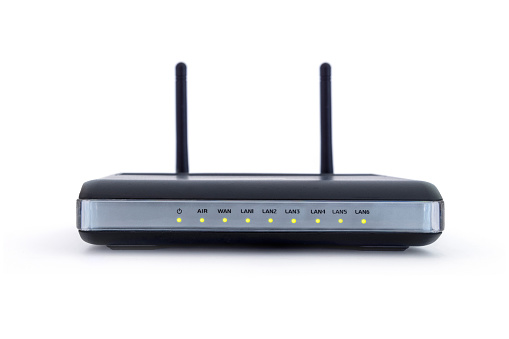A modem is a physical device that allows a computer to connect to the Internet. The word “modem” is short for “modulator-demodulator.” A modem modulates an analog signal (such as your voice) into a digital signal (a stream of 0s and 1s) that can be sent over a phone line and then demodulates the digital signal back into an analog signal so that the receiving computer can understand it.
Today, most modems are internal, which means they are installed inside the computer. External modems are also available, but they are not as common. An external modem connects to the computer via a USB or Ethernet port. Internal modems typically offer better performance, but external modems are more convenient if you need to connect to different computers.
You need a modem and an Internet service provider (ISP) to connect to the Internet. An ISP is a company that provides access to the Internet. Most ISPs also provide email accounts and other services. Once you have an account with an ISP, you can connect to the Internet by dialing into the ISP’s network using your modem. This process is known as “dial-up” because you must physically dial the number of the ISP to connect.
Once you are connected, your computer will be assigned an IP address. This is a unique number that identifies your computer on the Internet. You can think of it as your home address. Your home address allows people to send mail to you, and your IP address allows computers to send data to your computer.
- Related: What is Wi-Fi? Explained
When you connect to a website, your computer sends a request to the website’s server. The server then sends the requested data back to your computer. This data is sent in the form of packets. A packet is a small chunk of data that contains information about where it came from and where it’s going. When all of the packets from a website have been received by your computer, they are reassembled into the complete web page in your browser.
The speed at which data can be transferred between two computers is measured in bits per second (bps). A modem that can transfer data at 56,000 bps is said to have a 56Kbps connection. The “K” in “56K” stands for “kilobits,” which are units of 1,000 bits. Most dial-up modems have maximum speeds between 56Kbps and 115Kbps.
The speed of your modem connection is limited by the quality of your phone line and the distance between your home and the nearest telephone exchange. The further you are from the exchange, the slower your connection will be. It would be best if you had a minimum speed of 33.6Kbps to surf the web and check your email. However, speeds of 56Kbps or higher are recommended for a better experience.
Broadband connections, such as DSL and cable, are faster than dial-up connections. They use special equipment designed to provide high-speed access to the Internet. With a broadband connection, you can usually surf the web, check email, and download files at speeds of 1Mbps or higher.
You can check our 5G Technology and Li-Fi Technology explained guides.

